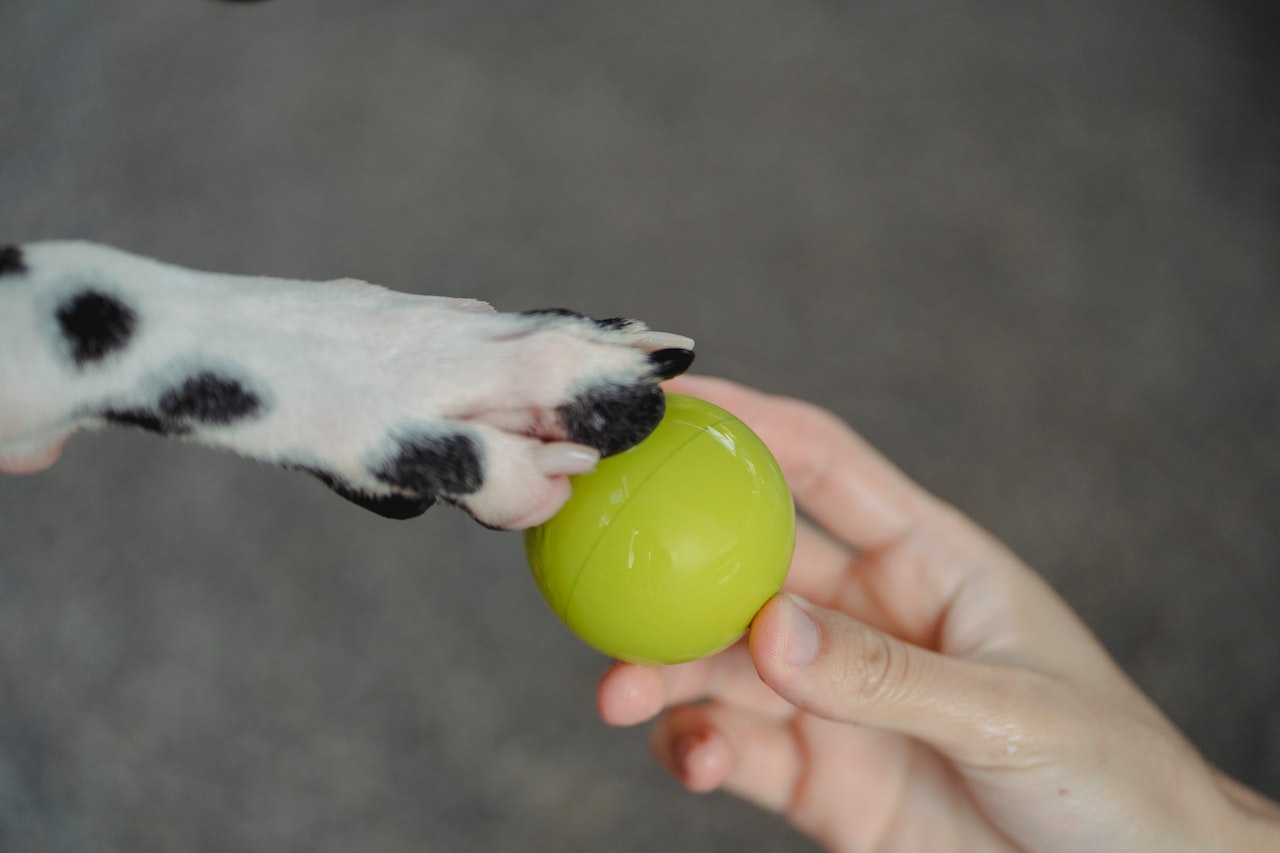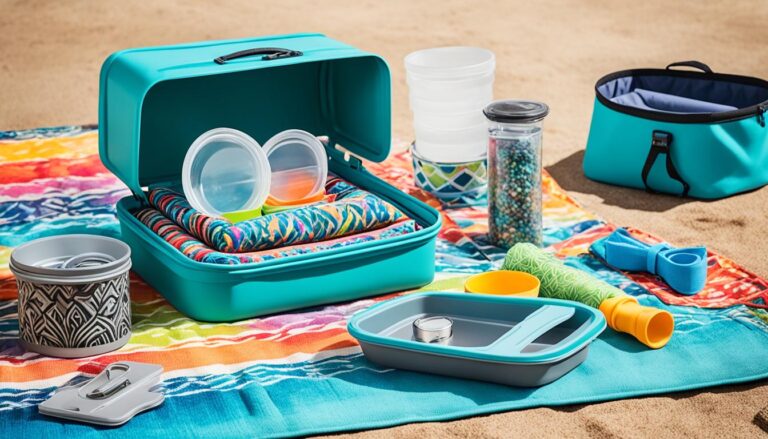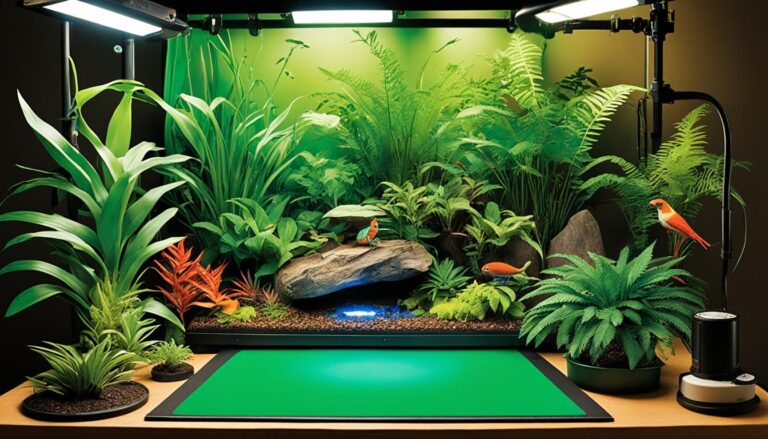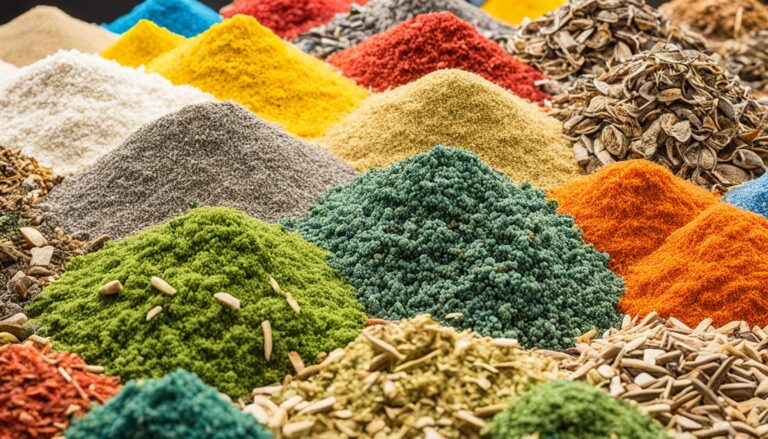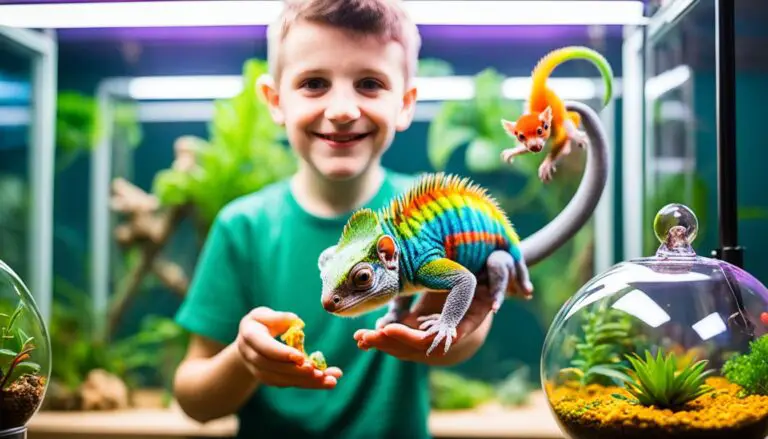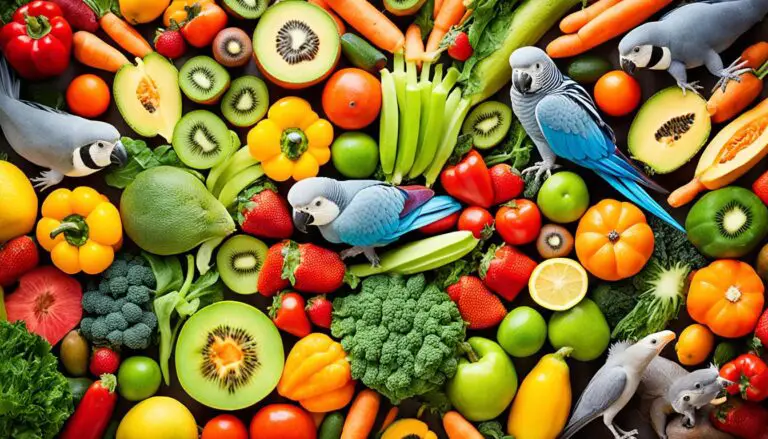DIY Exotic Pet Toys: Make Your Own Fun and Safe Toys [Guide]
Exotic pets, such as reptiles, birds, and small mammals, require special care and attention to keep them healthy and happy.
Providing them with toys is an essential part of their enrichment, as it keeps them mentally stimulated and physically active.
However, purchasing toys for exotic pets can be expensive, and not all toys in the market are safe for them.
Thankfully, making your own exotic pet toys is an easy and cost-effective way to provide them with the necessary enrichment.
In this article, we’ll show you how to make your own exotic pet toys using simple materials that are safe and easy to find.
Benefits of Making Your Own Exotic Pet Toys
Making your own exotic pet toys has several advantages over buying pre-made ones.
First, it’s cost-effective, as most materials needed can be found at home or purchased inexpensively from hardware stores.
Second, it allows you to customize the toy to your pet’s specific needs and preferences.
Third, it’s an opportunity to spend quality time with your pet, as you can involve them in the process of making the toy.
Finally, making your own toys is a great way to reduce waste and promote sustainability, as you can repurpose materials that would otherwise be thrown away.
Safety Considerations for Exotic Pet Toys
When making exotic pet toys, it’s important to consider their safety.
Avoid using materials that are toxic or can cause harm to your pet if ingested, such as glue, paint, and plastic bags.
Instead, opt for safe materials such as untreated wood, cotton rope, and PVC pipes.
Additionally, ensure that the toy is appropriate for your pet’s size and strength, as well as their species-specific needs.
Materials Needed
The materials needed for making exotic pet toys will depend on the specific toy you want to make.
However, some common materials include:
- Untreated wood
- Cotton rope
- PVC pipes
- PVC fittings
- Cardboard boxes
- Non-toxic paint
- Scissors
- Drill
- Saw
DIY Exotic Pet Toys: Step-by-Step Guide
Here’s how to create different exotic pet toys yourself, explained in an easy-to-digest way:
Rope toy for birds and small mammals
- Cut a length of cotton rope to the desired length.
- Tie a knot at one end of the rope.
- Thread a wooden bead onto the rope.
- Tie a knot above the wooden bead to secure it in place.
- Repeat steps 3 and 4, alternating between wooden beads and knots until you reach the end of the rope.
- Tie a knot at the other end of the rope.
PVC pipe puzzle for birds and small mammals
- Cut a length of PVC pipe to the desired length.
- Drill several holes into the PVC pipe, ensuring that the holes are large enough for your pet to access the interior.
- Thread a length of cotton rope through one end of the PVC pipe and tie a knot to secure it in place.
- Fill the PVC pipe with your pet’s favorite treats.
- Thread the other end of the cotton rope through the other end of the PVC pipe and tie a knot to secure it in place.
- Hang the PVC pipe puzzle in your pet’s enclosure for them to discover and solve.
PVC ball toy for reptiles
- Cut a length of PVC pipe to the desired length.
- Drill several holes into the PVC pipe, ensuring that the holes are large enough for your pet to access the interior.
- Cut a piece of cotton rope to the desired length.
- Thread one end of the cotton rope through one of the holes in the PVC pipe and tie a knot to secure it in place.
- Thread the other end of the cotton rope through another hole in the PVC pipe and tie a knot to secure it in place.
- Fill the PVC pipe with your pet’s favorite treats.
- Seal the ends of the PVC pipe with PVC caps to prevent the treats from falling out.
- Roll the PVC ball toy around for your pet to play with and discover the treats inside.
PVC perch toy for reptiles
- Cut a length of PVC pipe to the desired length.
- Drill several holes into the PVC pipe, ensuring that the holes are large enough for your pet to access the interior.
- Cut a piece of untreated wood to the desired length.
- Thread one end of the untreated wood through one of the holes in the PVC pipe and secure it in place with PVC glue.
- Repeat step 4 with another piece of untreated wood, ensuring that the two pieces are parallel to each other and at equal distances.
- Hang the PVC perch toy in your pet’s enclosure for them to climb and perch on.
Cardboard box hideout for reptiles
- Cut a cardboard box to the desired size and shape.
- Cut several holes into the cardboard box, ensuring that the holes are large enough for your pet to access and explore.
- Place the cardboard box hideout in your pet’s enclosure for them to discover and explore.
Cleaning and maintenance of homemade exotic pet toys
To ensure that your homemade exotic pet toys remain safe and clean, it’s important to clean and maintain them regularly.
- For rope toys and PVC ball toys – Simply wash them with warm soapy water and rinse thoroughly.
- For PVC pipe puzzles and perch toys – Use a reptile-safe disinfectant to clean the surfaces and rinse thoroughly.
- For cardboard box hideouts – Replace them regularly as they become soiled or damaged.
Conclusion
Making your own exotic pet toys is an easy and cost-effective way to provide your pets with the necessary enrichment.
By using safe materials and following our step-by-step guide, you can create a variety of toys that are tailored to your pet’s specific needs and preferences.
Not only is making your own toys a great way to reduce waste and promote sustainability, but it’s also a fun and rewarding activity that allows you to spend quality time with your pet.
FAQs
Are homemade exotic pet toys safe?
Homemade exotic pet toys can be safe if they are made using safe materials and are appropriate for your pet’s size and strength.
What materials should I avoid when making exotic pet toys?
Avoid using materials that are toxic or can cause harm to your pet if ingested, such as glue, paint, and plastic bags.
Can I involve my pet in the process of making their toys?
Yes!
Involving your pet in the process of making their toys is a great way to bond with them and allow them to explore their creativity.
How often should I clean my pet’s homemade toys?
To ensure that your homemade exotic pet toys remain safe and clean, it’s important to clean and maintain them regularly.
What are the benefits of making your own exotic pet toys?
Making your own exotic pet toys is cost-effective, customizable, and promotes sustainability.
Peter Stones is the founder of Exotic Pets Place, the leading online resource for exotic pet care information.
With over 10 years of hands-on exotic pet ownership experience, he is deeply passionate about sharing his expertise to help others properly care for their unusual pets.
When he's not writing extensively researched articles or connecting with fellow exotic pet enthusiasts worldwide, you can find Peter at home tending to his own beloved menagerie of exotic animals.

